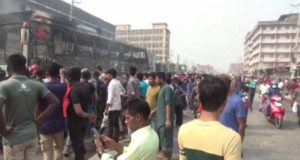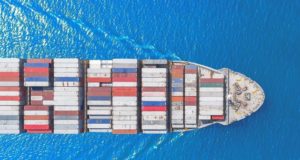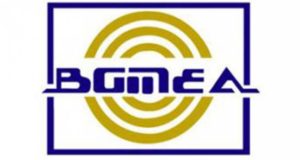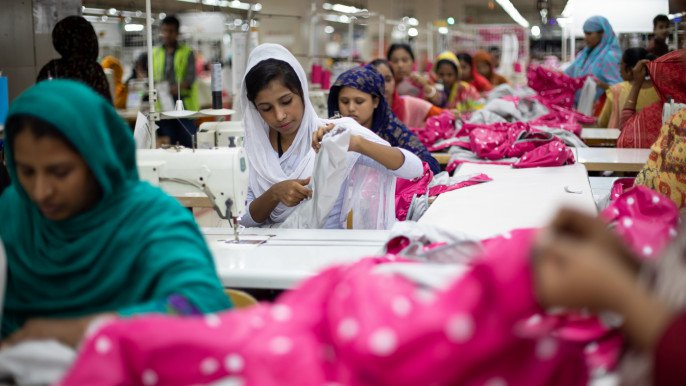Published in The Financial Express on Saturday, 21 January 2017
Local value addition of RMG reaches ‘optimal’ level
Ismail Hossain
Local value addition of the country’s readymade garments (RMG) industry has reached its ‘optimal level’, according to the latest statistics.
Bangladesh Bank’s quarterly review on RMG sector has unveiled the scenario. It showed that local value addition of the industry was 73.12 per cent in fiscal year (FY) 2008-09, which rose to 75.35 per cent in FY16.
The central bank calculated the value addition rate on the basis of the cost of import of raw materials vis-à-vis earning from export of apparel products in a given financial year.
It showed that import price of raw materials stood at US$6.92 billion through back-to-back L/C. The value was 24.7 per cent of the total export earnings of woven and knitwear worth US$ 28.09 billion in FY16.
As a result, local value addition in the sector stood at 75.35 per cent, which is 0.43 percentage points lower than that of the FY 2015.
Experts and business leaders, however, opined that knitwear sector has done enough value addition, which is over 90 per cent. The woven products lagged behind mainly due to large investment and problems with quality of power and infrastructures.
Former president of the Bangladesh Garment Manufacturers and Exporters Association (BGMEA) Md Shafiul Islam Mohiuddin, now the first vice-president of the FBCCI, said 100 per cent value addition would never happen as the industry still imports some raw materials.
“We need to set up large factories to have more value addition in woven in particular,” he said.
He was of the view that woven garment factories need quality gas and electricity and lands at affordable costs.
“Though the government is trying to improve the situation, it will take a long time to implement government’s special zones and ensure quality gas and electricity for large factories,” he added.
The central bank statistics, however, didn’t segregate the value addition ratio between woven and knit sectors.
Additional Director (Research) of the Centre for Policy Dialogue (CPD) Dr Khondaker Golam Moazzem said entrepreneurs should think about importing gas and foreign investment for large composite factories for woven garments.
“Gas will be pricier in future and its scarcity will also be experienced more and more in the coming days,” he said.
He said local value addition has slowed down following one-stage value-addition facility in the EU market since 2011.
Dr Moazzem also stressed on foreign investment in this sector. “There are many enthusiastic foreign investors who want to invest in backward linkage sector of the industry,” he said.
He also urged RMG entrepreneurs to bring diversity and make high-end products to bring out more value addition.
Policy Research Institute (PRI) Executive Director Ahsan H Mansur said around 75 per cent value addition is good enough for the country’s RMG products.
“Except agro-products, no product in the world can make 100 per cent value addition in today’s trade scenario,” he said.
Both the economists, however, expressed their scepticism about attaining the $50 billion target for the RMG exports by 2021 if the rate of export growth remains the same.
More than three-fourths (about 82 per cent) of the country’s total export earnings come from the readymade garments (woven and knitwear).
 CPD RMG Study Stitching a better future for Bangladesh
CPD RMG Study Stitching a better future for Bangladesh



